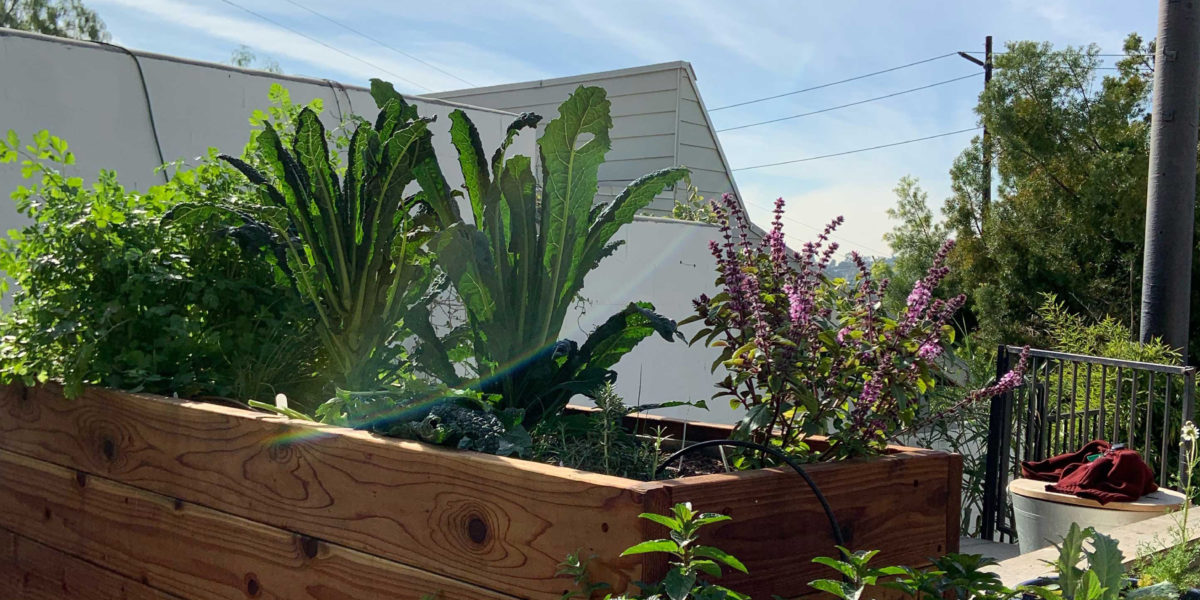Not known Incorrect Statements About City Blooming
Not known Incorrect Statements About City Blooming
Blog Article
Not known Incorrect Statements About City Blooming
Table of ContentsSome Known Details About City Blooming City Blooming Things To Know Before You BuySome Of City BloomingExamine This Report about City BloomingThe Basic Principles Of City Blooming
Interested in expanding food offer for sale in the City of Chicago? Considering beginning an area yard? Adjustments to the Chicago Zoning Regulation allow farming usages like area gardens and city ranches in numerous components of the city. Below is a list of regularly asked concerns relating to the rules and guidelines that growers need to think about when intending a city farming task.
The zoning amendment does not customize any various other codes taking care of composting, building licenses, buying or renting City owned residential property, business licenses or ecological contamination. There are existing codes that regulate these problems and they continue to be completely impact and might be appropriate to your project. Neighborhood yards are normally owned or taken care of by public entities, civic organizations or community-based companies and kept by volunteers.
Urban ranches expand food that is intended to be sold, either on a nonprofit or for-profit basis. Due to their industrial function, city farms require an organization permit.
The Best Guide To City Blooming
Composting is permitted yet just for plant material that is produced and utilized on website. The quantity of garden compost material can not surpass 25 cubic yards at any given time according to the criteria in 7-28-715 of the City's Municipal Code. Yes. Due to the fact that the dirt at the majority of new yard websites needs modifying, garden compost, soil, timber chips, or other products can be obtained to construct or boost the expanding area - fruit and vegtables.

If a building permit is needed then the hoophouse will certainly be thought about an accessory structure. You can locate out more about the structure license demands by calling the Division of Buildings. The 25,000-square-foot size restriction is meant to avoid a single area garden from controling a provided block or diminishing the block's existing residential or commercial personality.
The limit does not put on gardens situated in Public Open Area (POS) districts. Can there be greater than one community yard that is 25,000 square feet on a single block? Yes. The dimension limit relates to private yards, not to private blocks. No. Secure fencing is not needed, nonetheless, yards that have big parking lot might be needed to install secure fencing or other landscape design functions.
What Does City Blooming Do?
B1 & B2 areas call for that all business use activities be conducted indoors. R districts restrict commercial task. The regulations reflect the objective and intent of the Zoning Code. Is secure fencing required for urban ranches? Yes. Fencings may be called for, along with landscape design and testing, for specific car parking locations and outside job or storage locations depending upon place and the particular task taking area.
Urban farms call for building permits and zoning authorizations prior to building and construction (garden care). Other forms of city evaluation might be required depending on certain structures, tasks, dimension, landscaping, licensing, public health and stormwater management problems.
The Department of Service Matters and Consumer Defense can help establish the certain kind of company permit that's called for. Off street parking is needed for a lot of industrial tasks in Chicago. The needed number of parking rooms is based on the number of employees working on website and not the square footage of the growing room.
Not known Details About City Blooming

A metropolitan farm can market garden compost product created on website, nevertheless, the procedure has to comply with the laws in 7-28-715 of the Chicago Municipal Code. Aquaponic systems are enabled inside your home on urban ranches in lots of zoning areas.
As much as 5 hives or nests of honey bees may be kept as an accessory use. Beekeepers have to sign up with the Illinois Division of Agriculture. For more details regarding the proposed zoning modification you might call the Department of Housing and Economic Advancement, Bureau of Planning and Zoning at 312.744.8563.
Farming in cities and urban locations An urban farm in Chicago. Urban farming describes numerous techniques of cultivating. https://ameblo.jp/cityblooming/entry-12857756993.html, handling, and dispersing food in metropolitan areas. The term likewise relates to the area activities of animal husbandry, aquaculture, beekeeping, and horticulture in an urban context. Urban farming is distinguished from peri-urban farming, which takes location in rural locations at the edge of suburbs.
City Blooming - Questions
It can entail a movement of organic farmers, "foodies" and "locavores", who seek to create social media networks founded on a common values of nature and community holism. These networks can create using official institutional support, landscaping becoming integrated right into regional town as a "transition community" movement for lasting urban development.
Some of the initial proof of urban farming comes from Mesopotamia.
Report this page